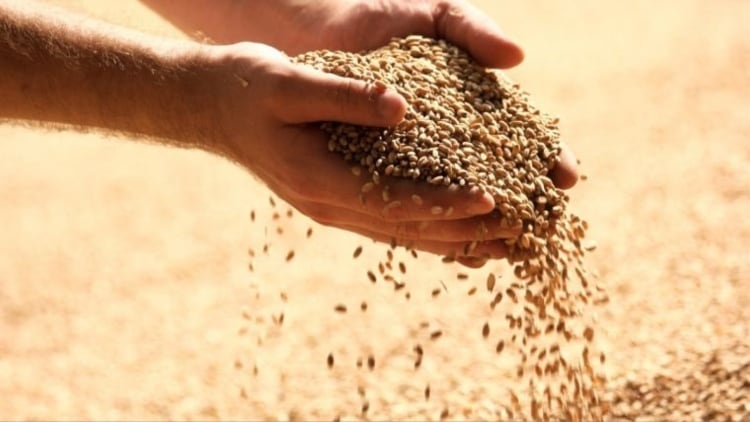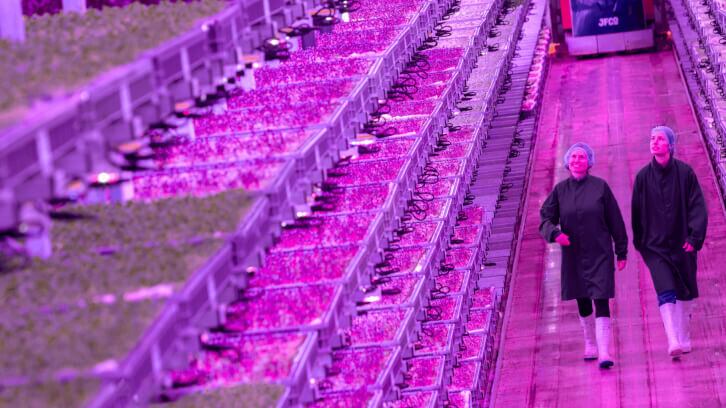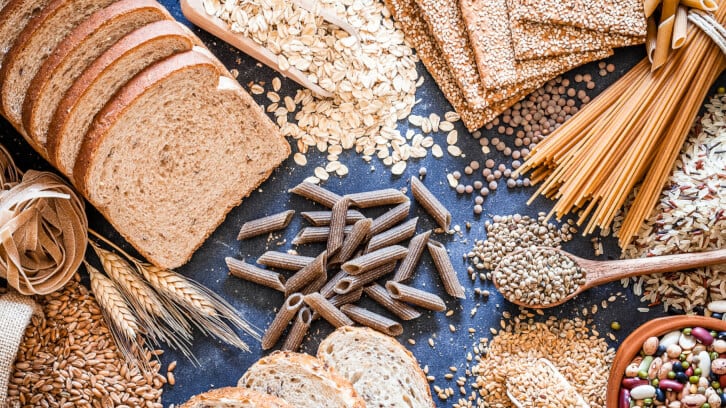According to a study by Research and Markets, the global animal feed market is projected to exceed $960bn (£762bn) by 2030, with demand being driven by the increasing commercialisation of the livestock sector, rising demand for animal-based goods and a greater emphasis on research and development in the animal feed sector.
Meanwhile, consumer demands are evolving due to considerations such as sustainability and the humanisation of pets, causing manufacturers to adjust their methods and adopt new technologies.
With all these factors in mind, Ohly business development manager for animal health, Henning Gerstenkorn, has shared his insights on the key trends set to shape the animal nutrition landscape this year.
‘Embracing sustainable practices’
Last year saw a rise in demand for sustainable and ethically sourced ingredients which has in turn “heavily impacted” the market for pet food and animal feed.
According to Gerstenkorn, this trend is expected to persist during 2024 too.
“Conscious consumers are compelling producers to operate more sustainably with a particular focus on the origins and impact of ingredients,” he said.
“The drive for sustainability is encouraging ingredient and feed manufacturers to embrace circular economy principles, explore alternative ingredients and drive down the carbon footprint associated with feed production. An added benefit of regional sourcing is increased supply chain robustness, mitigating the risk of disruptions.”
‘A strong focus on plant-based ingredients in pet foods’
The second trend highlighted by Gerstenkorn is another that has gained influence in the human food market, that being the rise of plant-based ingredients.
In particular, there has been a growing interest in algae, legumes, duckweed, seaweed, insect and myco proteins and by-products from food processing.
“Yeast extracts also serve as a sustainable source of bioavailable nutrients, including nucleotides which provide growth support and can act as a replacement for antibiotic growth promoters to improve feed conversion ratios,” explained Gerstenkorn.
“Yeast cell walls contain components such as beta-glucans and mannan-oligosaccharides which offer immune-supporting properties by increasing macrophage activity and limiting the growth of gut pathogens.”
‘Precise nutrition utilising new technologies and ingredients’
Artificial intelligence and data analytics has become a hot topic across food and drink manufacturing and Gerstenkorn expects these technologies to become more prevalent within pet food and animal feed production too.
He believes that these new methods can open up new opportunities for manufacturers and allow them to act with great precision, while also improving the nutritional value and sustainable credentials of their products.
Gerstenkorn continued: “With the United Nations citing the need for a 60% growth in demand by 2050 feed technology is likely to evolve, employing a range of biological, biochemical, physical, chemical and engineering methods to make the nutrients more available in animal feed. Other digital tools such as precise spectroscopic techniques like NIR are also transforming how we approach feed formulations.”
‘Animal welfare’
Ethical concerns relating to the welfare of animals has continued to gain traction in recent years and will play a key role in 2024 too.
Consumer demands around this trend is causing the animal feed industry to prioritise higher standards and sourcing transparency, which influences production methods and where ingredients are sourced from.
“Adapting to these trends throughout 2024 will enable the industry to uphold the highest quality standards, meet consumer demands and contribute to a more sustainable future for the animal feed industry,” commented Gerstenkorn.
‘Supporting immune health through animal feed applications’
Finally, livestock producers have become increasingly concerned about growing levels of antibiotic resistance, with a 2019 WHO report finding that infections by antibiotic-resistant bacteria cause more than 700,000 human deaths a year worldwide.
As a result, Gerstenkorn has seen a rise in demand for non-antibiotic immune support solutions that “improve both feed conversion ratios and liveability rates among livestock”.
“Ohly’s feed products, made from primary cultivated yeast, provide a sustainable solution for feed formulators to help reduce antibiotic use and improve performance through better animal health and feed conversion,” he concluded.
In other news, food scientist, chef and author Anthony Warner has published a new report highlighting the need to reduce the costs of plant-based meat alternatives.





